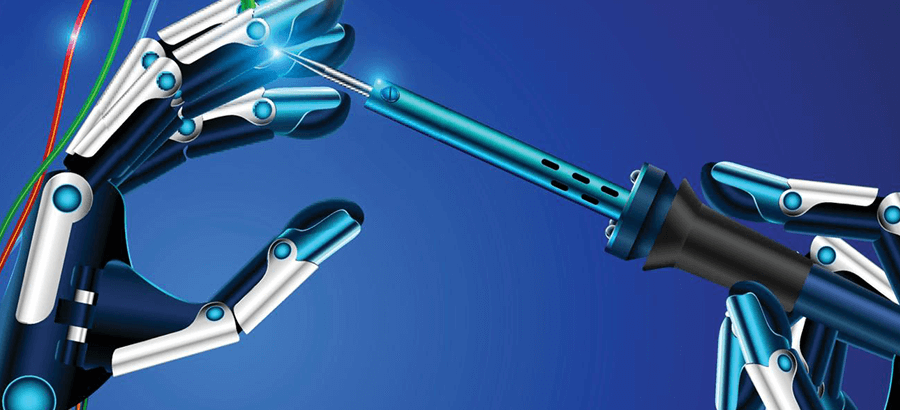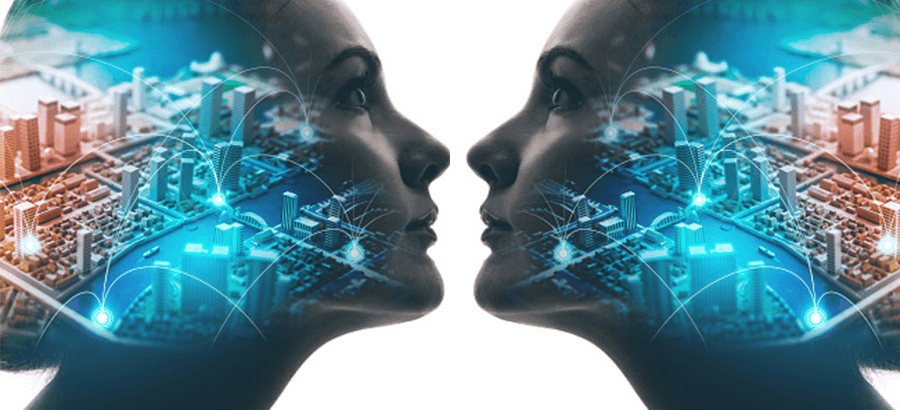What does value mean to you? To me it’s extremely personal as the perception of value will differ dramatically based on one’s personal taste, experience and cultural background. It also has an expiration date, by this I mean the first time you experience something beneficial, you perceive huge value in it, but the more familiar it becomes, the more it tends toward being expected, taken for granted.
Month: May 2018
Industry-built ERP: Tackling Industrial Machinery and Equipment Manufacturing Challenges
The Industrial Machinery and Equipment (IM&E) manufacturing industry faces some unique challenges, many of which have been around for some time. While generic ERP systems may be adequate for simpler manufacturing situations, IM&E requires a solution with strong capabilities for complex equipment specification and production, comprehensive quoting and estimating, integrated quality management, and meticulous traceability.
Developing Applications that Improve the User Experience
I have always seen applications or websites as transacting tools. An exchange is happening between myself and the application, I give it information and it returns information. Justin Davis, a UX expert, explained that if we develop applications as if we are discussing a topic with a user, the user experience will improve. I could not see how studying conversations will benefit a user’s experience when using an application and was intrigued but this statement. He made some very valid points in this UX Salon presentation, Designing Better Conversations / Justin Davis
There were three points he highlighted:
- Be easy to talk to (e.g. screen/options etc. should be clear and easily found)
- Be polite (e.g. error messages or validations should be friendly)
- Be attentive (e.g. enhance the user experience by being suggestive to the relevant task and process)
ERP Solutions for Improved Planning, Production and Automation in the Manufacturing Industry
Since the ‘90s, businesses have used Enterprise Resource Planning (ERP) to get a better view of what is happening across their organization. It originally evolved as a system of record with the primary driver of tying-in, and producing, a single view of an integrated transaction.
The Infinite Possibilities of Mobile ERP
Parents, especially those who had kids later in life (as I did), will occasionally find themselves explaining things that make them feel…well…ancient! The other day, for example, I was talking to my six-year-old boy while flipping through photos on my old iPhone. Certain old family pictures triggered a discussion of grandparents and great grandparents. That gave me an idea, and I pulled out an old photo album. As I searched for a picture of my son’s great grandparents, a look came over his face that I can only describe as ‘startled’. Then the questions began:
How to Maximize your Food and Beverage Supply Chain with ERP
Taking the food supply chain for granted these days is risky. Different rules apply when bacteria is found in your product as opposed to, for example, the odd squirt of petroleum grease that may affect the automotive industry. And, to add to the horror, it may still be growing, ripening or fermenting in its packaging. Completely unlike the problems experienced with automotive components or fabricated metal sheets that arrive from your supplier. Even sparkling drinks can osmose through their plastic bottles if they sit on the shelf too long.
Digital Twins: “Living Models” Create Value from Data Streams for Electronic Manufacturers
We live, and work in a world, where Big Data management tools, affordable cloud computing and storage, and AI machine-learning algorithms, have converged to provide us with a constant stream of analytical information. The challenge we face is decoding the data’s messages, and finding effective ways to put the learnings to good use.
Why ERP Innovation is Critical for all Businesses
The thing that makes innovation so compelling, and exciting is the possibilities that come with it. Sure, it can be scary to take a leap of faith and try something new, but the simple possibility, even the smallest outside chance that it might work, is what drives many of us to ask, “What if?”









